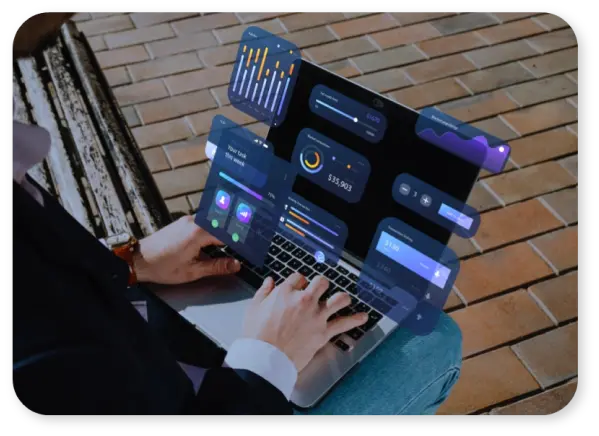We workbehind the scenes,
so your front can shine.
WELCOME TO CADENA
We drive transformation for UNSTOPPABLE companies
Organizations handle millions of data points and diverse sources of information that need to be transformed and managed into secure, reliable, and scalable communications, documents, and processes.
Behind hundreds of companies and organizations that have transformed their critical processes through technology, you’ll find us.
We design and operate reliable, technology-driven solutions for:

Data and information transformation
Digital services and platforms to turn data into invoices, regulated communications, transactional messages, and marketing content.



Fraud protection
Products and services that enable government entities and large corporations to protect their information, processes, and brands against fraud.
Share your details to receive more information about our solution portfolio.





